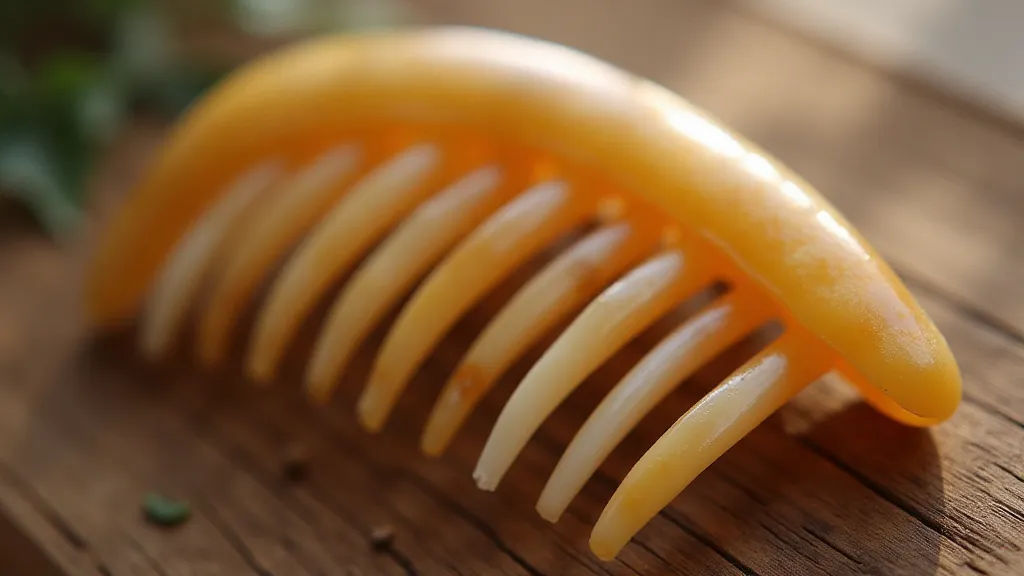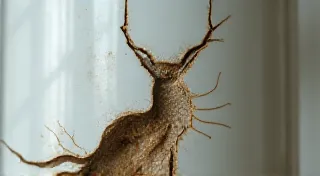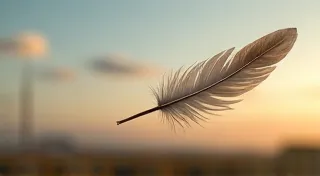The Gilded Echoes of Eras Past: How Forgotten Accessories Illuminate Narrative Threads
There's a quiet elegance, a tangible history, that clings to antique objects. Among these forgotten treasures, vintage hair combs hold a particularly poignant charm. They're not simply tools for arranging hair; they're miniature time capsules, whispering tales of societal shifts, evolving beauty standards, and the personal narratives of women who once adorned themselves with them. More than just collectible accessories, they offer writers – and anyone with a keen eye for detail – unexpected inspiration for character development, setting, and thematic resonance.
A Glimpse into the Past: Hair Combs Across the Decades
The history of hair combs is intertwined with the evolution of hairstyles and social norms. In the Victorian era, elaborate updos were the standard, demanding intricate and often weighty combs made of tortoiseshell, jet, and precious metals. These combs weren't merely functional; they were status symbols, reflecting wealth and refinement. Imagine a young woman, carefully pinning a tortoiseshell comb into her coiled hair, preparing for a formal ball, her future seemingly etched in the rigid social structures of the time. The weight of the comb, both literally and metaphorically, would have been considerable.
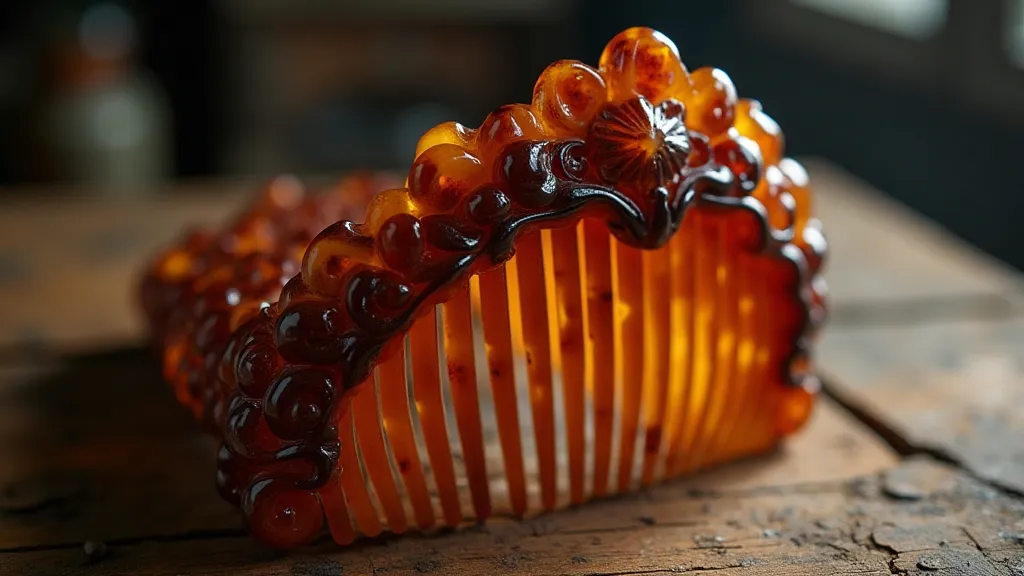
The Art Nouveau period (late 19th and early 20th centuries) brought a wave of naturalistic designs – flowing lines, delicate flowers, and graceful curves rendered in silver, gold, and horn. These combs reflected a burgeoning sense of female liberation and a move towards more organic beauty. They were often lighter and more comfortable than their Victorian predecessors, mirroring a changing perception of feminine ideals. The craftsmanship during this era was exceptional, with artisans painstakingly hand-carving and embellishing each comb, transforming them into wearable art.
The roaring twenties saw a shift towards shorter hairstyles and a more flapper-esque aesthetic. Combs from this period often featured geometric patterns, vibrant colors (especially when enamel was used), and a playful, modern sensibility. They became less about formality and more about self-expression and individuality. A quick glance at a 1920s comb – perhaps featuring a stylized peacock or a geometric mosaic – can instantly evoke the jazz age, the Charleston, and the spirit of rebellion.
The mid-century saw a blend of influences, with plastic becoming a more readily available and affordable material for comb construction. While some beautiful and innovative designs emerged from this era (think Bakelite combs in bold colors and unusual shapes), the rise of mass production often meant a decline in the exquisite craftsmanship of earlier periods. However, these later combs still offer a unique snapshot of the era’s style and accessibility.
The Craftsmanship: A Testament to Skill and Dedication
What truly sets vintage hair combs apart is the sheer artistry involved in their creation. The techniques employed by skilled artisans were often complex and time-consuming. Tortoiseshell, for example, required expert carving and polishing. Silver and gold combs often involved intricate filigree work and enameling, a delicate art form that involved layering and firing glass onto metal. Even seemingly simple horn combs demanded a level of precision and skill to achieve a smooth finish and a comfortable feel.
Many of these combs were not mass-produced; they were bespoke creations, commissioned by wealthy patrons or crafted by independent artisans. Each comb carries the mark of its maker – a subtle imperfection, a unique flourish, a testament to the human touch that is often absent in modern, factory-made objects. Examining a vintage comb closely, feeling the texture of the materials, and appreciating the details of the design can evoke a deep sense of connection to the past and a profound respect for the skills of those who created them.
More Than Decoration: Symbolic Resonance in Storytelling
For writers, vintage hair combs offer a wealth of symbolic potential. The type of comb – its material, its design, its condition – can reveal volumes about a character's personality, social standing, and emotional state. A beautifully preserved tortoiseshell comb might suggest a character rooted in tradition, wealth, and a desire for social acceptance. A chipped and faded plastic comb, found tucked away in a forgotten drawer, might hint at a character’s past struggles, lost dreams, or a sense of resignation.
Consider a character who habitually wears a specific comb—perhaps a silver comb with a delicate floral design—as a link to a deceased loved one, a reminder of a happier time, or a symbol of enduring hope. A character who intentionally breaks or loses a comb could be demonstrating rebellion, defiance, or a rejection of societal expectations. The comb itself becomes a tangible representation of the character’s inner turmoil or personal transformation.
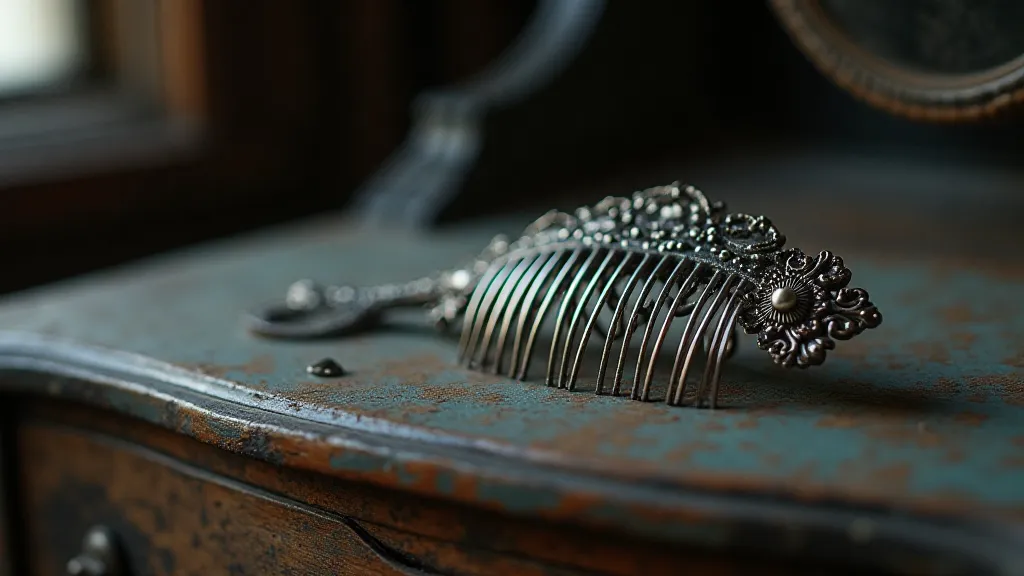
Collecting and Preservation: Caring for a Piece of History
For those drawn to collecting vintage hair combs, preservation is paramount. These delicate objects are often fragile and susceptible to damage from light, moisture, and handling. Storing combs in individual cloth bags or padded boxes can help protect them from scratches and dust. Avoid exposing them to direct sunlight or extreme temperatures.
Restoration can be a complex undertaking and should generally be left to professionals. Attempts to clean or repair a comb without proper knowledge and tools can easily cause irreparable damage. However, basic cleaning with a soft cloth can often remove surface dust and grime. Understanding the original materials – tortoiseshell, silver, horn – is crucial for safe handling and cleaning.
The allure of vintage hair combs extends beyond their beauty and craftsmanship. They are tangible links to the past, whispering stories of bygone eras and the women who once cherished them. They offer writers a rich source of inspiration for creating believable characters, evocative settings, and compelling narratives. And for collectors, they represent a chance to preserve a piece of history and appreciate the enduring power of human artistry.
